
Students focus on specific tasks that have changed because of technology. They compare the task of writing and mailing a letter to the task of sending an e-mail.
- Provider:
- Midland Independent School District
- Date Added:
- 04/05/2017

Students focus on specific tasks that have changed because of technology. They compare the task of writing and mailing a letter to the task of sending an e-mail.

In this multi-day lesson plan, students learn how people age, grow, and change over time. Resource will download as a Microsoft Word Document
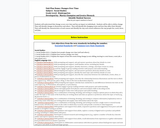
In this lesson, students will understand that change occurs over time and has an impact on individuals. Students will be able to define change. They will identify changes in themselves and others. They will identify life changing events and how they affect their lifestyle. They will identify the characteristics of each season and identify the way each season influences the way people live, work, dress, and play.
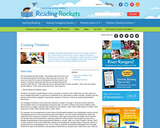
This resource provides timeline activities for grades K-5.

Students will look at many of the responsibilities of good citizens, one of which is voting.
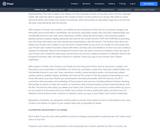
In this lesson, students learn that personal history can be shared through stories and pictures.
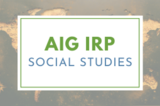
After classroom discussions and activities of changes in people over time, higher-level students can extend their learning by creating a timeline of themselves and a timeline of a grandparent or parent. A grandparent would be preferable so a greater difference could be seen between the two. Then the student can articulate similarities and differences in the two. This lesson was developed by NCDPI as part of the Academically and/or Intellectually Gifted Instructional Resources Project. This lesson plan has been vetted at the state level for standards alignment, AIG focus, and content accuracy.

The "I Grow" activities in this lesson will help students understand the abstract concept of time passing. Students will listen as the book When I Was Little by Jamie Lee Curtis is read aloud. They will then write and illustrate a book about themselves using a predictable pattern of text such as, "When I was little, I ____________. Now I ____________."

The "I Grow" activities in this lesson will help students understand the abstract concept of time passing.

In this lesson, students will create a timeline of the events of their current school year. Next, they will look at the history of their community and create a timeline of historical events in the local community.

In this lesson students will look at many of the responsibilities of good citizens, one of which is voting.

In this lesson, students focus on the role technology plays in people’s jobs, particularly in meeting
basic human needs.

In this lesson, students focus on specific tasks that have changed because of technology. They compare the task of writing and mailing a letter to the task of sending an e-mail.

This unit contains sample lesson plans and resources to increase students' awareness of themselves and the world around them.

This chapter introduces students to history by exploring the ideas of past, present, and future. Students learn about timelines and eventually construct their own timeline of important events in their lives. Through it all they learn about how people learn about the past.

In this lesson, students will explain that we can look at how things are similar and different at the same time. Students will orally explain things that are similar and different by comparing and contrasting examples that are similar and different in the class. Students will chart things that are similar and different between long ago and today.

With this interactive resource, students view various images and select the one that represents something used today or long ago. Students share their responses with a partner.

This interactive presentation engages students in discussions on how communities and life have changed over time.

Students focus on the role technology plays in people's jobs, particularly in meeting
basic human needs.
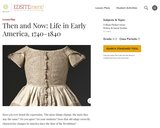
Using archival materials, re-creations, and classroom activities, help your students think about which aspects of everyday life have changed and which have stayed the same.